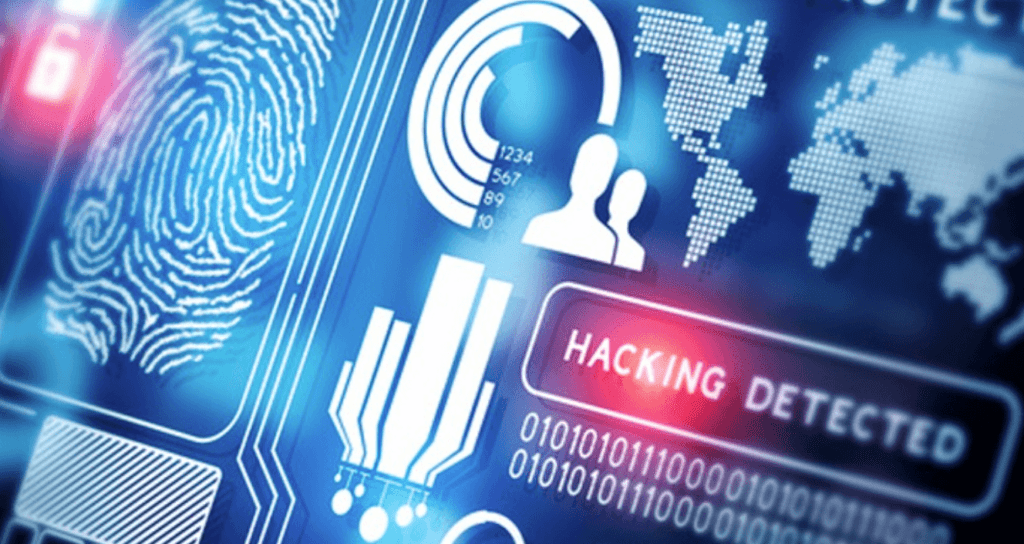Before It’s Too Late: 7 Ways to Detect Malicious Activity
Protecting your organization or business from threats to its digital operations is crucial no matter what sort of work you do. Identifying malicious activity or vulnerabilities before they reach a critical stage using techniques such as a security risk assessment is vital in staying safe in the modern world. Here are some tips for ensuring that your security remains ahead of any danger you might face.
1) Educate Yourself on Different Threats
The first step to preparing yourself for the various threats your organization might face in its online operations is to identify what those threats are in the first place. Cyber threats come in various forms, with hackers constantly developing new methods of attack. Following tech news and getting professional advice will help you stay informed about the latest threats.
Some common forms of attack include DDoS attacks or MITM attacks.
Distributed denial-of-service (DDoS) attacks are when several malware-infected machines are used to overwhelm an organization’s network by overloading a point of access that legitimate users might be trying to utilize.
Man-in-the-middle (MITM) attacks involve the malicious intercepting of poorly-encrypted messages to spy on communications within your organization. These are only two of the many forms of attack your organization may face.
2) Learn to Identify Phishing Emails
One way that malicious actors gain access to the accounts and systems of an organization is through something known as a phishing attack. A phishing attack is when somebody uses falsified emails to fool the recipient into providing their login credentials or other information. These attacks come in various forms: somebody posing as an internal contact within your organization or an email from a popular service that directs to a fake version of that service’s login page.
Informing yourself and your team on how to identify this ever-present danger is critical to your organization’s security. Tell team members to only open emails from trusted senders and that real contacts within your organization would never do something like ask for their user ID or password. Other common signs of a phishing attempt include spelling errors or improper grammar in the body of the email itself.
3) Keep Your Software and Hardware Up-To-Date
Using old, outdated technology can leave your organization’s cyberinfrastructure vulnerable to attacks that take advantage of any known security issues in the old hardware or software. Newer devices tend to come with enhanced security tools and capabilities that give you a cutting-edge line of protection against any threats you might be faced within the digital sphere.
Along with keeping the devices that your team uses current, making sure that any software running on those devices is kept updated with the latest patches is just as crucial. Ensure that your team members know not to delay installing updates to their devices. These software updates often include critical security updates that help prevent hackers from looking to exploit vulnerabilities in the software’s code.
4) Protect Yourself with the Right Tools
As with any aspect of your business, having the best tools and technology on your side for your cybersecurity needs can make all the difference. Proper research and getting the right professional advice are crucial here, as not all security software will offer you the protection you need. Different organizations and businesses have different security needs, so they need other protection features.
Proper authentication and encryption for your business communications are essential for equipping your organization with a successful security strategy. This will ensure any sensitive information transmitted doesn’t end up in the wrong hands. You should also ensure that any cloud-based servers your organization uses for data storage use effective security protocols.
5) Control Privileges and Permissions on Your Systems
If administrative privileges or other high-level capabilities aren’t restricted properly, potential issues can arise with your security. While giving administrative rights to users can expedite specific actions without the presence of an administrator, this practice poses a risk to your security. If this user with administrative privileges is compromised, the effects could be much more widespread than they would be otherwise.
It’s also important to ensure your team knows that only they should be using their credentials. Sharing credentials to gain additional access or privileges isn’t an acceptable way of getting work done. This raises the risk of those credentials being compromised, leading to vulnerabilities and malicious activity in your network.
6) Train Efficiently and Consistently
For an organization to be secure against cyber threats, the entire team has to be informed of the best security practices. Even one person who isn’t following proper security protocol when using your organization’s devices or network can compromise the organization’s security as a whole. That’s why it’s crucial that every staff member with digital access gets thorough training and fully applies themselves in that training.
Cyber security training shouldn’t be a one-time event for your team. It’s vital that everybody gets updated on the latest security practices and informed on new threats that might have developed since their previous training. A refresher course is always beneficial to keeping security skills sharp. Make sure that any new team members are given the same comprehensive training so that you maintain a consistent level of safety.
7) Take a Security Risk Assessment
Identifying potential vulnerabilities before an issue arises can save you unnecessary frustration and expenses later on down the line. That’s why testing your organization’s cyber security with a security risk assessment is such a valuable exercise. By spotting ways that employees might compromise your security before any malicious actor can spot those same issues, you’ll be able to act proactively to strengthen your defenses and keep business running smoothly.
See how you measure: Take our Cyber Health Assessment
Download Whitepaper: Simple Steps to Improve your Company’s Cybersecurity Posture and Culture
Our holistic approach to performing a security risk assessment for your business will help you strengthen your online defenses. Contact Edafio Technology Partners to see how we can help optimize your business or organization for the digital age.








